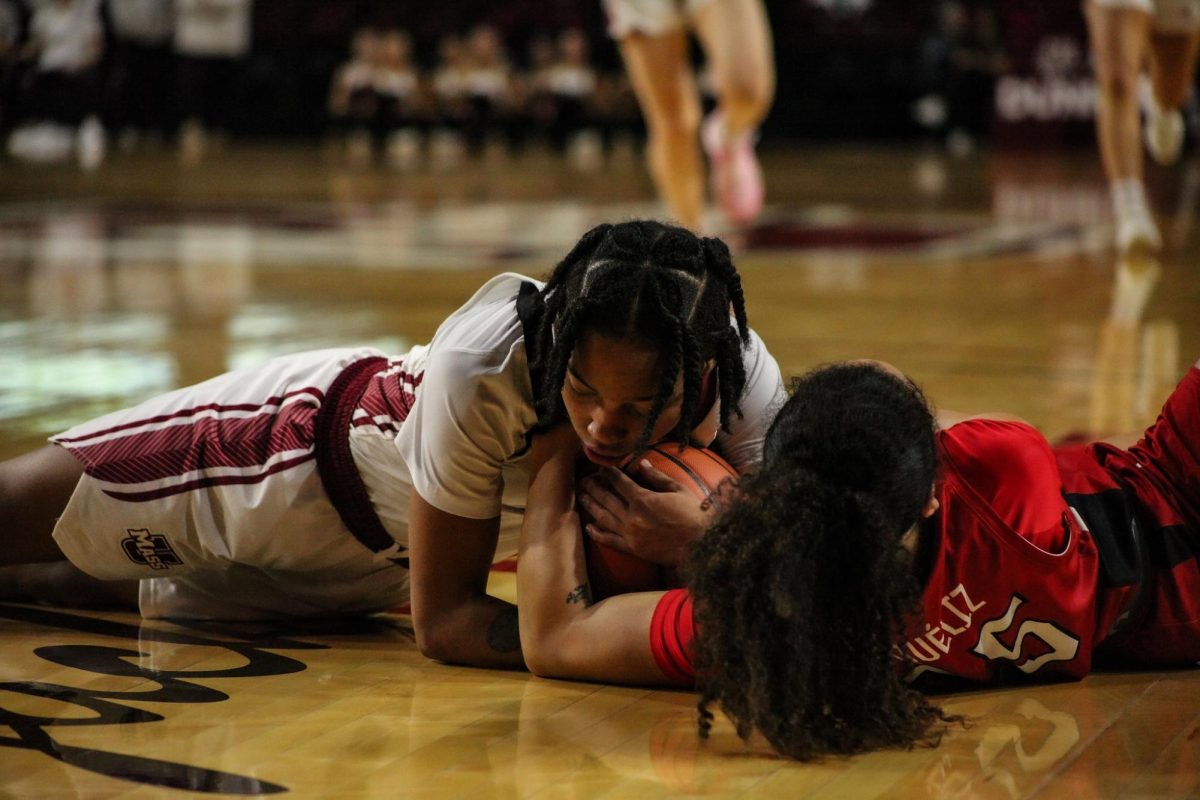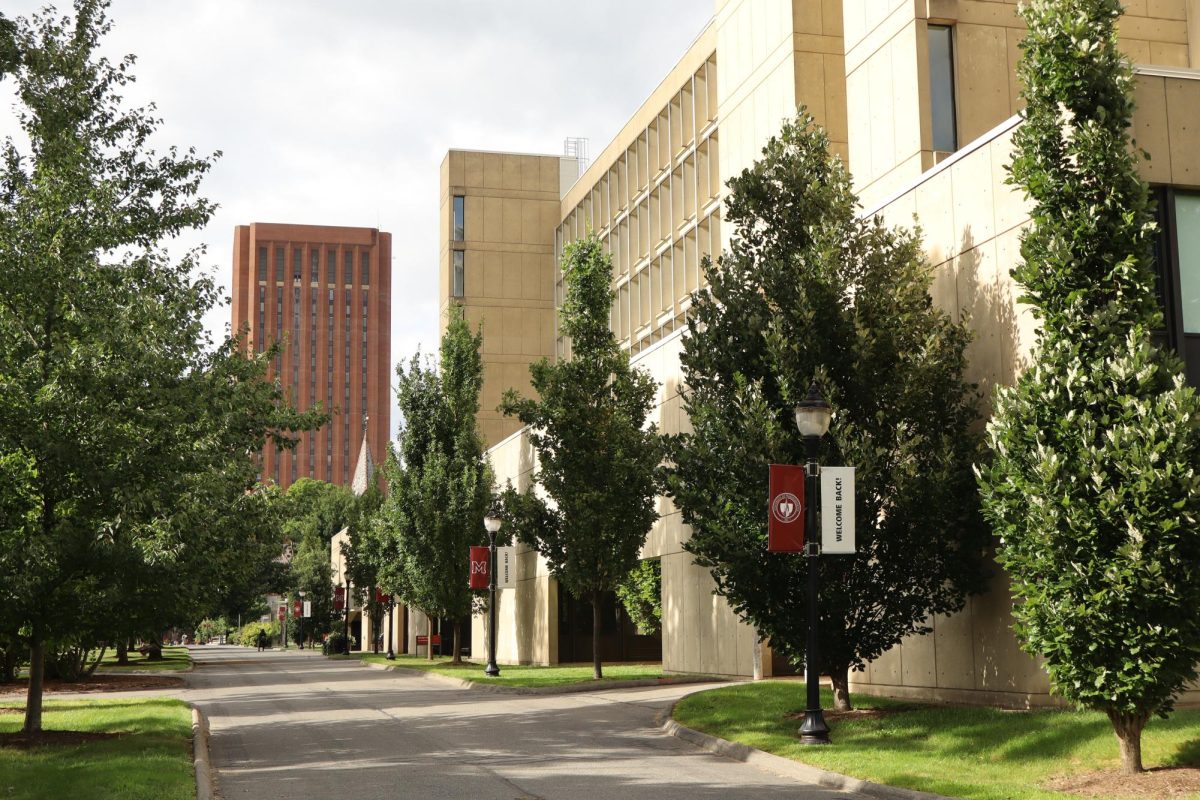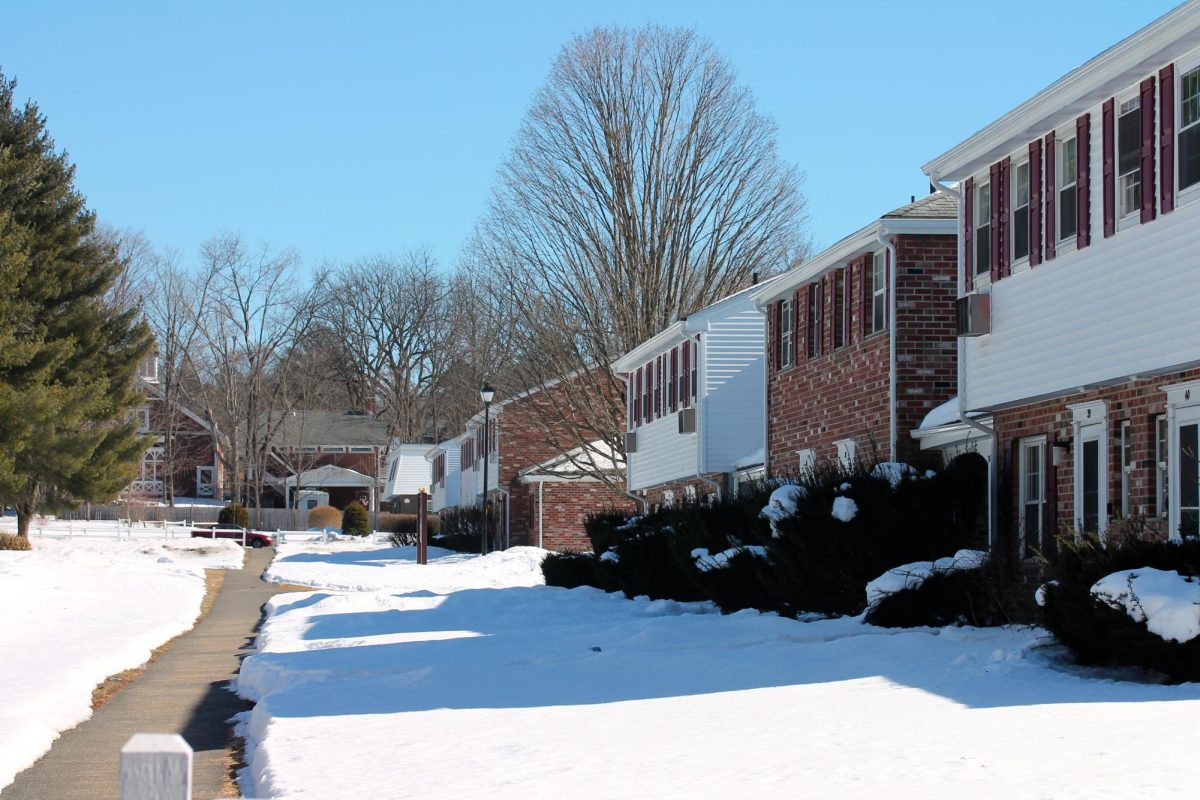Whether it be while walking to class, walking home from the library or any other circumstances, students are encouraged to utilize the blue light system when they feel unsafe or at risk. The blue light phones are strategically placed around campuses for those experiencing an emergency or even witnessing a crime. Following the student’s use of a blue light phone, an emergency dispatcher is called and an official is sent to the scene.
Personally, if I were to experience an emergency, I would instinctively reach for my cell phone to call for help. Given today’s heavy reliance on cell phones, I find it hard to justify spending around $400,000 to install and $75,000 for upkeep annually on these soon-to-be obsolete systems. Blue lights have reached a point where they don’t serve the campus as anything more than a facade of a safety net. In fact, University of Colorado at Boulder in early 2016 made the decision to eliminate the system, given that no emergencies were reported through it. As stated by CU Boulder’s Chief of Police Melissa Zak, “In recent years, the CU-Boulder Police Department (CUPD) has received thousands of emergency calls from mobile phones—a shift that follows national trends. More than 90 percent of the calls CUPD receives from “blue light” phones are pranks or hang-ups. That leaves just a handful of legitimate non-emergency calls for minor crimes, liquor law violations, facility maintenance and open-door assistance. The ‘blue light’ phones were a great technology 20 years ago, but they have become outdated as mobile technology expands. For example, you now have at least three ways to quickly get help from police with your mobile phone.”
Eliminating or maintaining this system is a controversial topic to many campuses considering that some student advocates believe they serve as a safety tool.
The University of Colorado Boulder is not the first campus to virtually eliminate the blue light system. The University of Indiana at Bloomington is moving away from the system because, according to the Indiana Daily Student, students are turning to their mobile devices before utilizing the blue lights and they are more likely “to take matters into their own hands with personal safety devices.”
Although the University of Massachusetts has the population density to implement more blue light systems, I don’t believe that more blue lights would be an effective strategy to create a safer environment for students at risk.
By stepping away from the blue light system, UMass can work to effectively allocate the funds in alternative ways to connect with campus safety. The cost difference between the installed system and mobile applications is so steep it is hard to continue to fund the seldom-used phones. For example, the mobile application “Blert!” allows students to contact campus safety anonymously if they “have questions, want to report suspicious activity, have a request for service, or need to report a crime.” The application also allows location tracking and safety tools such as flashlights and a loud alarm. The money also could be channeled into tightening security protocol in the case of emergency and widening resources for victims and survivors of crimes that occur on campus.
Given the number of campuses transitioning from the blue light system to a more technology-reliant student body, the decision to move away from the lights would be most effective and beneficial to UMass.
Morgan Reppert is a Collegian columnist and can be reached at [email protected].





















Ed Cutting, EdD • Jan 22, 2018 at 4:27 pm
Following up on Jack’s comments — the dead spots are intentional.
Much of the campus, including all of Southwest was built in the 1960’s, at the height of the Cold War, were intended to serve as fallout shelters. It’s why all of Southwest is connected underground. Much of the first floor of the CC and lower parking garage as well.
.
And efforts to block gamma radiation block the much weaker cell phone radiation.
.
Remember that Westover ANG Base in Chicopee was a SAC AFB — with B-52s carrying nukes — all during the 1960’s. Amherst College’s “bunker” (see: http://clui.org/ludb/site/amherst-college-strategic-air-command-bunker) was in case Westover got nuked. Portions of I-190 may or may not have been intended as alternate runways.
.
The Cold War was real and concrete was a very effective radiation shield.
.
Jack • Jan 22, 2018 at 11:22 am
It’s not a question of whether Cell Phones are easier to use but which option has more accessibility. It’s irresponsible to assume that everyone has a cell phone (poor people exist too) and when cell phones die (most often later in the day or at night) what is someone supposed to do? There are dead spots on campus due to our lovely concrete building policy and areas that some students might not be able to accurately describe to a dispatcher if they aren’t familiar with the buildings. Not to mention if you dial 911 directly it connects you first to the state dispatch and then either to Amherst PD or UMPD depending on how clear the information you gave was.
I understand the point that your making but the argument is severely lacking in research of why we continue to use the blue lights in the first place.
Ed Cutting, Ed. D. • Jan 22, 2018 at 4:51 am
What happens if you lose your cellphone, or it’s taken from you? Or it gets broken?
Just wondering….